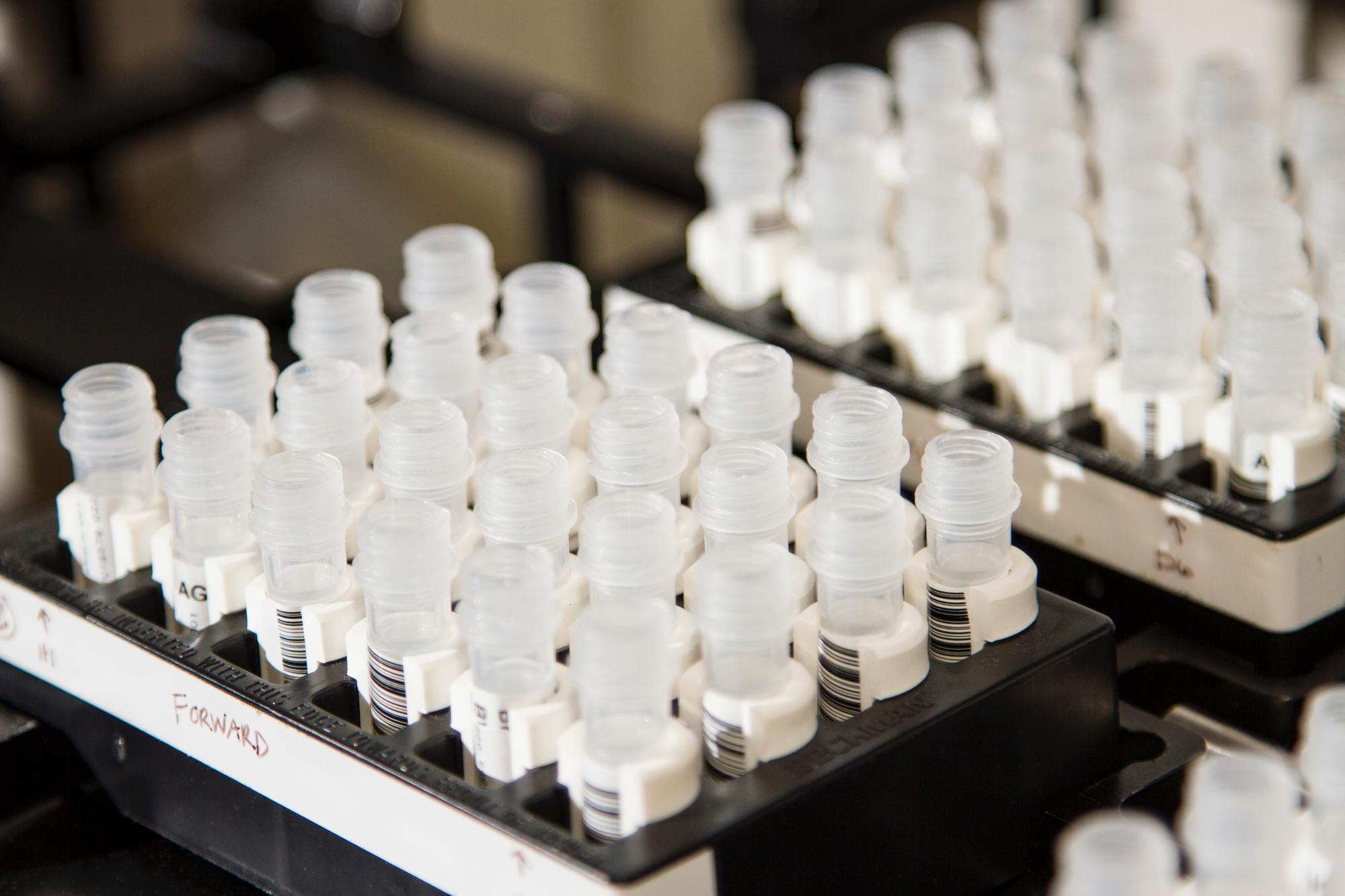In cannabis cultivation, two scientific concepts—phenotype and genotype—play defining roles in shaping the strains that reach consumers. Breeders and growers alike rely on understanding both in order to predict plant outcomes, stabilize desirable traits, and create strains that align with evolving market demands. By analyzing strain data, cultivators gain critical insight into how genotype and phenotype interact and how that relationship informs breeding potential.
Genotype: The Genetic Blueprint
Genotype refers to the plant’s genetic makeup—its fixed DNA sequence inherited from parent strains. Think of it as the instruction manual for a cannabis plant. A genotype contains the potential for a wide range of traits, such as cannabinoid levels, terpene production, growth structure, pest resistance, and flowering time.
For breeders, genotype is the foundation. When two parent plants are crossed, their combined genetic material establishes the possibilities encoded in the offspring. However, not every seed from the same cross expresses traits in an identical way. That’s where phenotype enters the picture.
Phenotype: Expression in the Environment
Phenotype is the actual expression of genetic potential in real-world conditions. It’s shaped not only by the underlying genotype but also by environmental factors like soil quality, light cycles, nutrient availability, and climate. Two seeds with the same genetic code can produce plants with different appearances, terpene profiles, and effects depending on their environment.
For example, a cultivar bred for high limonene content may show citrus-forward aromatics in one grow room but lean more earthy in another due to stress factors or nutrient differences. This environmental interaction makes phenotype selection one of the most critical steps in strain development.
The Role of Strain Data in Breeding
Breeding cannabis is not just a creative pursuit but also a data-driven science. Strain data—covering cannabinoid percentages, terpene analysis, yield reports, and stability tests—helps breeders evaluate whether a genetic line has consistent and desirable outcomes across multiple environments.
When data shows that a genotype repeatedly produces high-THC phenotypes with robust terpene diversity across varying conditions, breeders can be confident in the line’s potential. Conversely, if outcomes are highly inconsistent, breeders may either refine the genetics through backcrossing or pivot toward more stable parent material.
Breeding Potential: Selecting Winners
The interplay between phenotype and genotype shapes decisions about which plants are “keepers.” Breeders typically pop dozens, even hundreds, of seeds to observe a wide range of phenotypes. From there, they record performance metrics: potency, flavor, aroma, resistance, and structure. By comparing these results against expected genotype data, breeders can identify the most promising candidates for stabilization.
Strain data also informs commercial decisions. A cultivar with a reliable terpene profile and consumer-appealing flavor has higher breeding potential for market success. Likewise, cultivars that express medical traits—like high CBDV or THCV levels—gain value in the wellness sector if data confirms repeatability.
Why This Matters for the Future of Cannabis
As the cannabis industry matures, the demand for consistency grows. Dispensaries, patients, and recreational consumers alike want to know that a strain will deliver predictable effects every time. This is where genotype stability and phenotype expression converge. Reliable data helps ensure that breeders can deliver cultivars with dependable chemistry and sensory experiences.
Ultimately, the science of phenotype vs. genotype is more than an academic discussion—it’s the backbone of cannabis innovation. Strain data doesn’t just track plant performance; it unlocks the ability to predict, refine, and maximize breeding potential, shaping the future of cannabis one cultivar at a time.

